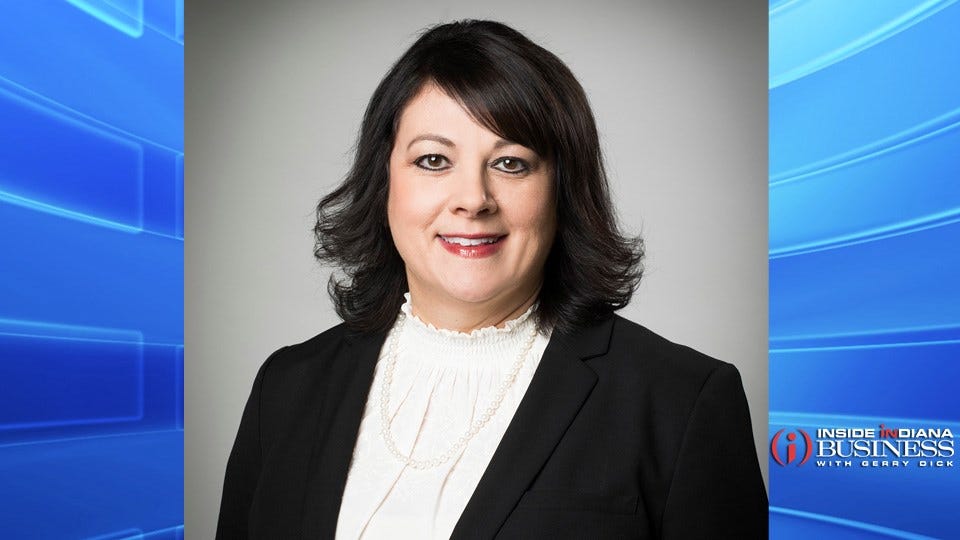The Future of Telemedicine For Behavioral Health

Subscriber Benefit
As a subscriber you can listen to articles at work, in the car, or while you work out. Subscribe NowTelemedicine quickly became the way to consult medical providers and receive care once COVID-19 hit earlier this year. Telemedicine, or the use of videoconferencing equipment to allow a medical provider to render an exam or other service to a patient at a distant location, has allowed health care to continue in a time of quarantining and preventing the spread of COVID-19. In order to render this service prior to COVID-19, telemedicine was required with a distant site and originating site using video conferencing equipment, such as a computer or television monitor, at the distant and originating sites.
Since COVID-19, the state has relaxed these requirements, and telemedicine can be delivered using any technology that allows for real-time, interactive consultation between the provider and patient. Many insurers waived fees due to COVID-19, making essential services like behavioral health much more accessible during this time. Telemedicine’s accelerated adoption and success in providing these services means it is here to stay, but what it looks like in the future is unclear.
CareSource, a nonprofit health plan, has seen an uptick in those receiving behavioral health services through telemedicine. Prior to COVID-19, CareSource saw just .29% of behavioral health services being conducted through telemedicine. Now, 30% of those services are rendered through telemedicine.
CareSource has been using telemedicine to provide access to behavioral health services for those who are unable to receive it in person for various reasons. For example, telemedicine has improved access to those who reside in remote areas where behavioral health services and providers are limited. CareSource has seen members with substance use disorders (SUD) maintain their sobriety due to the expansion of services including those offered through telemedicine.
While COVID-19 has temporarily made telemedicine more accessible, more barriers will arise when COVID-19 is no longer a public health threat. The public health emergency has allowed for more expanded modes of telecommunication for these services to be delivered. However, if services revert back to video only after COVID-19 is no longer a public health threat, many people could face technological barriers. The influx in appointment requests has also increased barriers for access to care as it has led to longer wait times for services, including medication management appointments that are needed for refills as well as new patient appointments.
CareSource recognizes the importance of access to telemedicine for those needing behavioral health services and strives to break down barriers for increased care. To resolve longer wait times for scheduling new patient appointments with primary care physicians, CareSource is making referrals to Federally Qualified Health Centers for new primary care appointments. We also connect members who have recently been released from the hospital for substance use and mental health disorders to a transitions coordination specialist to conduct outreach for appointment reminders, rescheduling missed appointments and connecting members to behavioral health treatment.
Telemedicine is certainly an effective option for treatment, and the COVID-19 pandemic has highlighted the need for it. However, the future of telemedicine’s coverage does depend on legislative support and whether or not providers will continue to sustain patients’ affordable access to the service. At CareSource, we are continuing to seek solutions to the barriers our members face, and this includes access to important benefits like telemedicine.
Kristi Carney is Director of Behavioral Health at CareSource, Indiana Market.
